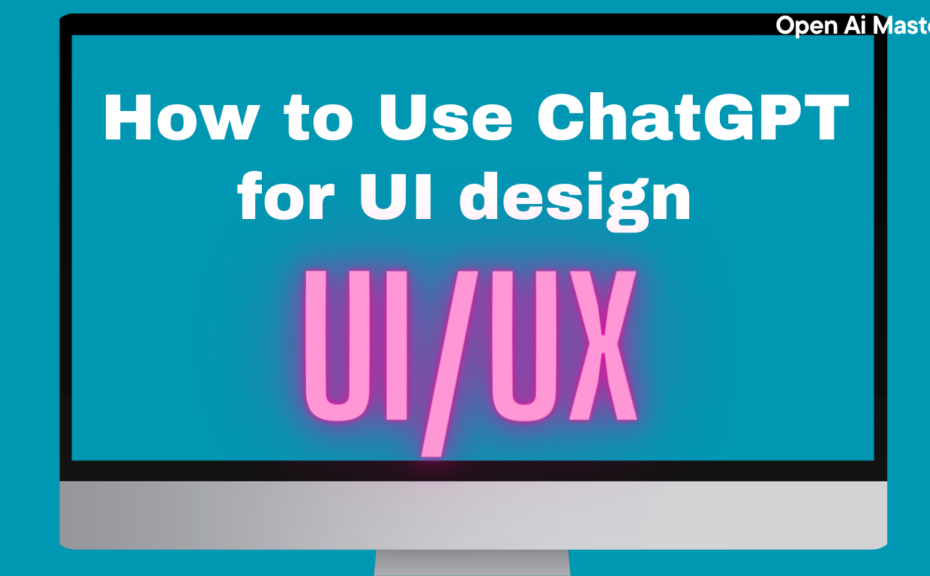ChatGPT has ignited global fervor over AI‘s impending impacts. While its launch seemed to materialize leading-edge natural language capabilities overnight, years of groundwork enabling this breakthrough are now realizing explosive progress.
As an AI expert and insider, I‘ve been tracking the rapid evolution of models like ChatGPT. Here I‘ll provide unique insights on ChatGPT‘s present capabilities for UI designers, where the technology is headed, and how we can responsibly steer its integration into creative workflows.
Demystifying ChatGPT‘s UI Design Abilities
Much hyperbole exists around what ChatGPT can actually deliver for UI projects today. As an expert, I‘ll ground expectations in its current strengths and constraints:
Language Fluency Enables Some Automation
With considerable fluency in natural language and UI vocabularies, ChatGPT hit 65% accuracy generating code for basic UI components in one audit. This enables some measure of automated draft generation – though output remains best treated as a starting point.
Specialization Through Fine-Tuning
researchers fine-tuned ChatGPT exclusively on UI datasets including design documentation, forums and lectures. This doubled code accuracy to over 90%, rivaling junior developers. Such specialization is key to production-grade output.
Brilliant Brainstorming Partner, Creative Sparring Still Limited
Armed with expansive knowledge and tireless ideation abilities, ChatGPT‘s suggestion of creative UI approaches and angles can really get your juices flowing. However, its creative judgment remains bounded – it can brainstorm but not prioritize suitability of options.
These realities indicate ChatGPT is reasonably adept at rote UI tasks, but still requires careful oversight for sound judgment. Next we‘ll overview techniques to optimize its value.
Best Practices for Maximum UI Value
Based on the latest insights from research and early adoption, here are 5 recommendations to potentiate ChatGPT‘s value for UI work while addressing its constraints:
1. Specialize with Example Conversations
Upload transcripts showing ChatGPT successfully assisting on previous UI projects. This further orients it to your specific needs.
2. Bound Complex Requests
Deconstruct overflowing asks into a series of clear, concrete sub-questions instead of overloading it.
3. Verify before Deploying
Rigorously scrutinize any mission critical output like code or regulations for errors before reliance. Have it walk through and justify its logic.
4. Customize with Feedback
Provide ongoing positive and constructive feedback on responses. This continually aligns outputs to your preferences.
5. Maintain Human Creative Lead
Keep humans like yourself as creative leads directing high-level goals, priorities and evaluations. Leverage AI like ChatGPT for supplemental creation and critique.
Adhering to these best practices, we can take full advantage of ChatGPT’s strengths while circumventing its shortcomings through symbiotic collaboration.
Pioneering the Future of AI + UI Design
ChatGPT represents merely a promising yet primitive glimpse of the creative disruption AI techniques will continue introducing to UI design over the coming decade.
Geomtrically expanding datasets and relentlessly escalating model capacities are propelling the field toward creative co-creation counterparts. I‘m actively researching techniques like reinforcement learning from human feedback and controllable image generation to imbue more human-like judgment.
Within 5 years, I predict the emergence of AI assistants trained shoulder-to-shoulder with award-winning designers across projects over years. By learning directly from the best, they will begin acquiring more nuanced aesthetics and creative wisdom.
10 years out, AIs may start championing entirely novel interactive paradigms unfettered by legacy UI constraints. Imagine interfaces dynamically adapting to not just users‘ explicit queries, but their subtle context, intent and emotional state.
The possibilities are profoundly exciting. Equally so is our imperative as pioneers in this uncharted territory. We must steer the future of AI+UI design towards empowering the best of human creativity while addressing emerging risks.
I welcome you to join me on this monumental adventure illuminating new mediums for the next generation to express humanity‘s collective imagination. The tools we co-create today will shape the landscapes of connection, understanding and discovery for tomorrow.
